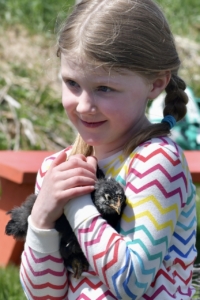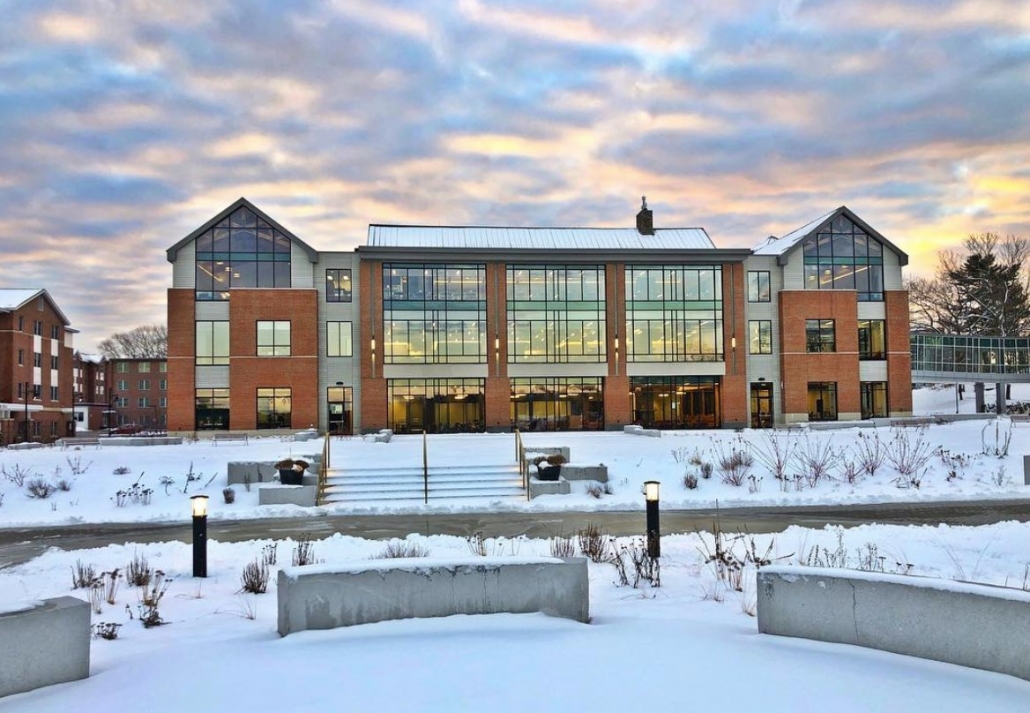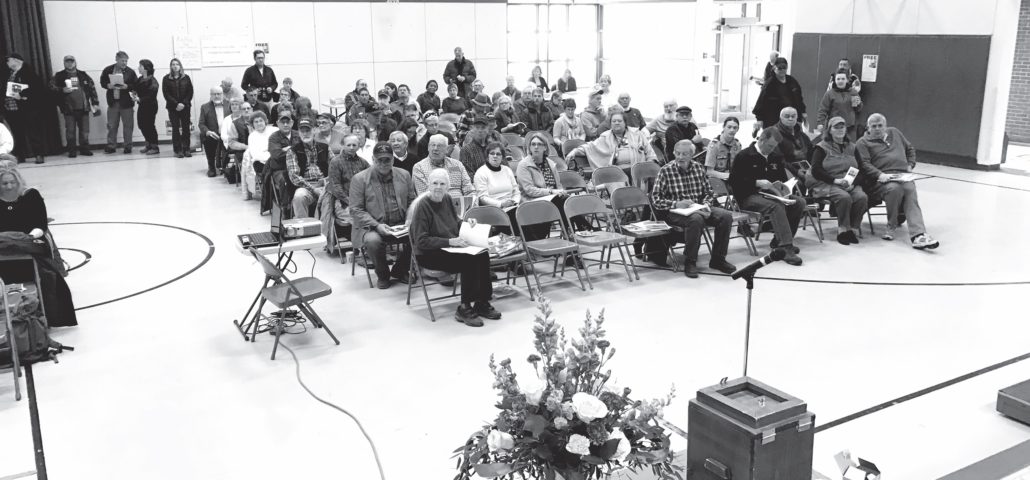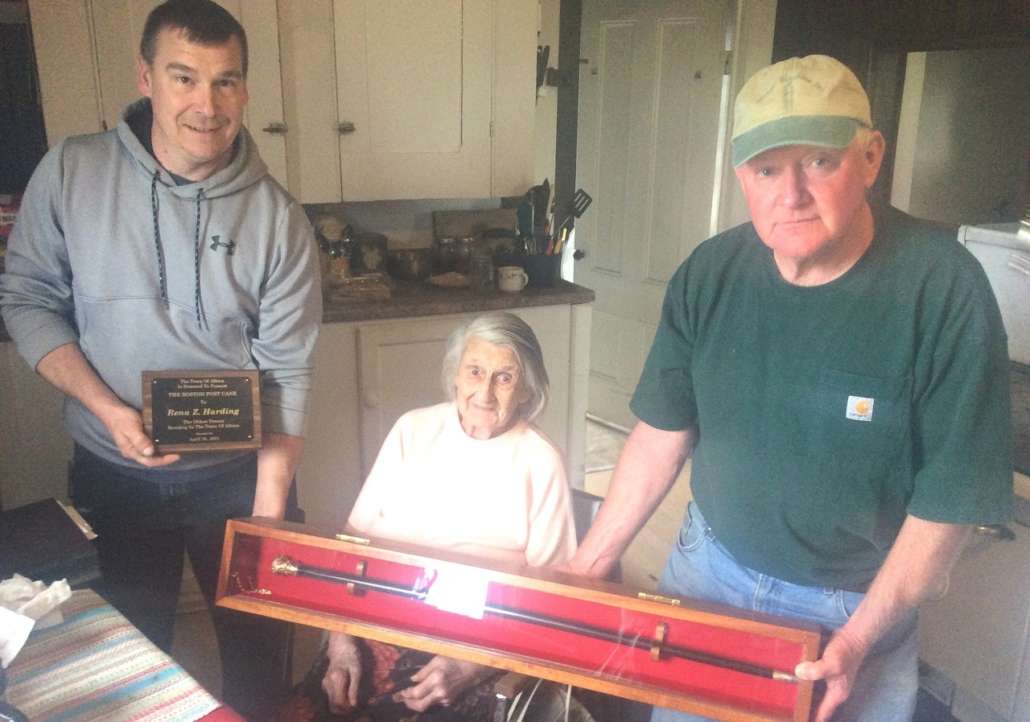EVENTS: ShineOnCass Animal Baby Shower & PJ Party planned May 7, in Albion

The annual, free event is held in memory of Cassidy Charette, a longtime summer camper at Hart-to-Hart Farm. Pre-registration is required to attend one of two sessions, which is limited to 80 children per session. Visit shineoncass.org or hart2hartfarm.org to register. (photo by Monica Charette)
Children dressed in their pajamas will welcome baby lambs, goats, calves and other newborn animals also wearing pajamas, on May 7, at the ShineOnCass Animal Baby Shower & PJ Party, at Hart-to-Hart Farm & Education Center, in Albion.

Linnea Burke-Maya snuggles a chicken at Hart-to-Hart Farm, in Albion, as part of last year’s ShineOnCass Animal Baby Shower & PJ Party. The 2023 event will be held May 7. Children dressed in their pajamas will welcome baby lambs, goats, calves, and other newborn animals also wearing pajamas! (photos by Monica Charette)
The annual event features educational stations that include learning how to milk a cow, fetching eggs from the chicken coop, spinning lamb’s wool, and participation in goat yoga! Children will be able to hold, and have photos taken with, the newborn baby animals.
Hart-to-Hart Farm & Education Center is a family-owned and operated organic dairy farm that offers a variety of educational programs for children, adults and families. The ShineOnCass Animal Baby Shower is held each year in honor of Cassidy Charette, an Oakland teen who died in a hayride accident in 2014, and was a summer camper at Hart-to-Hart Farm.
Families attending the free event are asked to bring pet food and items to donate to Humane Society Waterville Area in memory of Cassidy, who was a longtime shelter volunteer.
There will be two sessions offered, 10 to 11:30 a.m., and 12:30 to 2 p.m., with limited capacity of 80 children per session. Pre-registration is required at shineoncass.org or hart2hartfarm.org. For more information, email shineoncass@gmail.com.



 Southern New Hampshire University (SNHU), in Manchester, New Hampshire, congratulates the following students on being named to the Summer 2022 President’s List. The summer terms run from May to August.
Southern New Hampshire University (SNHU), in Manchester, New Hampshire, congratulates the following students on being named to the Summer 2022 President’s List. The summer terms run from May to August.

 by Monica Charette
by Monica Charette


